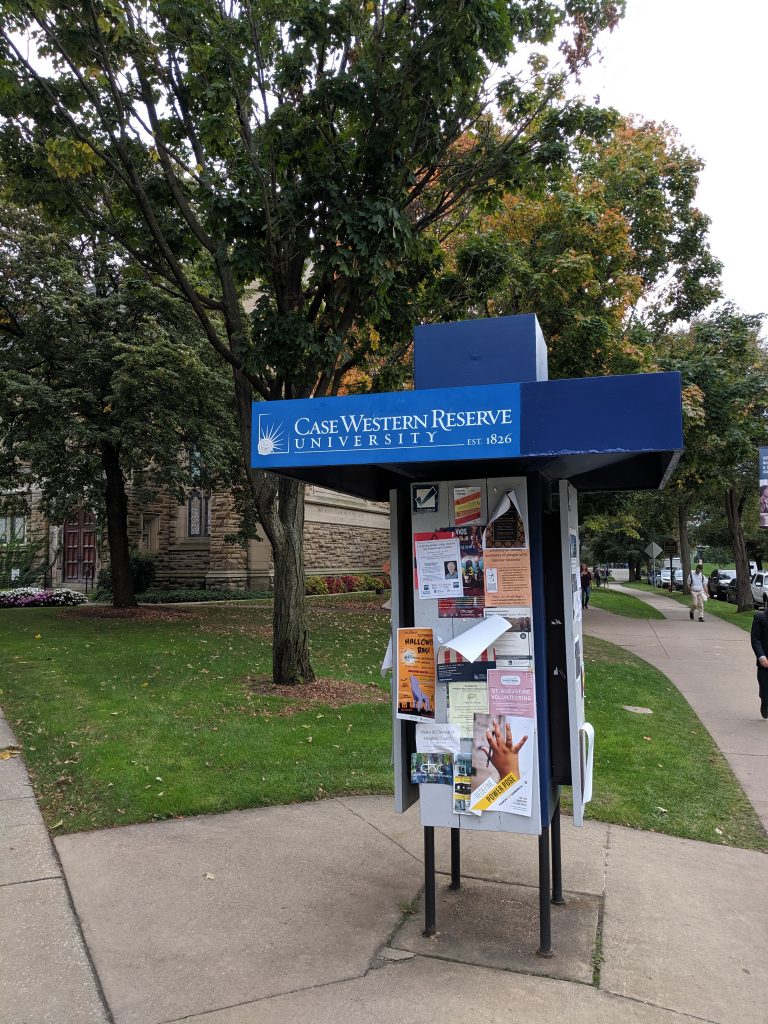How to Solve the Retirement Crisis at AU with No Cost to Students
How to Solve the Retirement Crisis at AU with No Cost to Students.
Watch a video about the no cost solution produced by an SOC graduate.
What would it cost to remedy this situation of sixteen over
65-year old workers who can’t retire?
The problem began in the 1980s when AU outsourced or privatized its food service and cleaning services to vendors. AU ignored the policies of these vendors, pretending that AU had no moral responsibility for their actions on campus. Marriott, the first food service vendor made no payments to the pensions of food service workers while it was on campus. There have been a succession of vendors since Marriott.
Please remember in addition to the empty years, approximately 1982-2001, with no retirement contributions, these workers also will receive small social security checks based on many years at or near the minimum wage. The union has identified 16 workers who need help in order to retire.
How much monthly income does a worker needs for a decent retirement?
1. Professor Mary Gray of the Math/Stats Department has suggested using twice the poverty guideline amount for an individual. The national poverty guideline amount excluding Alaska and Hawaii is $11,880. Twice this amount is $23,760.
How much income can a low income worker depend upon from Social Security?
2. A food service worker with 39 years on campus said she expects to receive about $900 a month. Medicare will deduct $121.80 for the Part B premium, leaving a net Social Security benefit of $778 a month, or an annual Social Security benefit of $9338.
What is the gap between twice the poverty guideline and what a low-wage AU worker can expect from Social Security?
3. $23,760-$9,338=$14,422 a year or $1,202 a month.
What would the monthly cost be to American University of supplementing 15 workers over 65 with over 35 years of work at AU each?
4. $1,202*15 workers=$18,030 a month
What is this amount as a percentage of AU’s monthly spending?
With a total FY2017 annual budget of $610,000,000, the University spends $50,833,333 a month. The emergency supplement of $18,030 a month would amount to (0.000355) less than four thousandths of one percent of the monthly budget. (This amount is now out of date. With the University’s new budget of over $800,000,000 a year, the amount for all the elderly workers would be less than three thousandths of one percent of the University’s monthly budget.)
Where could American University find this sum without influencing tuition?
We recommend a 10% reduction in the salaries of University Vice-Presidents or a 4% reduction in the salaries of the twelve highest paid officers of the University to fund this pension supplement. See the IRS 990 form online for the salaries of these officers. Either reduction would entirely fund the pension supplements.

